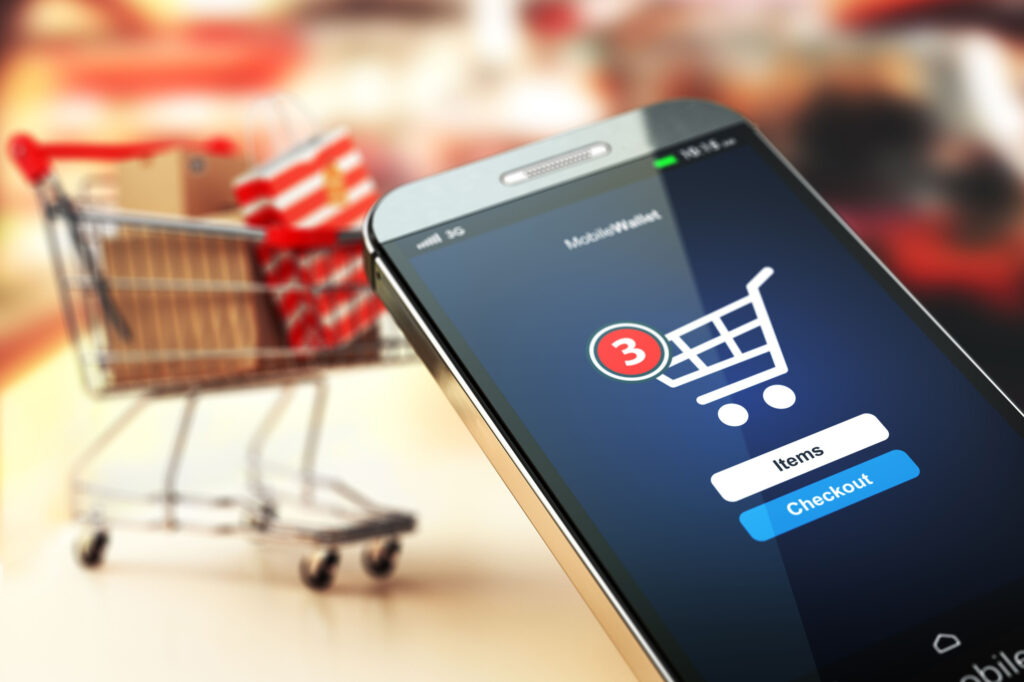The 3 Most Important E-commerce Trends to Adapt in 2022

More than ever, companies and brands are sharpening their edge in e-commerce, with the pandemic and its new normal persuading customers to do most (if not all) of their shopping online. According to Statista, e-commerce sales all over the world increased by 25% in 2020, the year that the World Health Organization officially recognized COVID-19 as a global crisis that has to be addressed. More than 2 billion people bought their products or engaged in services on the digital platforms, without having to visit their favorite brick-and-mortar stores.
U.S. companies have been gravitating to e-commerce even before the pandemic. However, what accelerated its adoption was the economic paralysis brought by COVID-19, due to the in-shelter arrangements that practically compelled people to do all their activities—working, dining, shopping, exercising, learning, just to name a few—online.
Marketers are also experiencing their own internal paradigm shift. The days of just creating a digital campaign and ensuring the presence of their brand on platforms are over. One thing they have recognized is that e-commerce itself is changing, and staying on the sidelines, left by the digital train of change, can cost them. Customer needs, technology, and a business landscape coming to grips with the post-pandemic world are redefining e-commerce, strengthening and building on what works, and discarding what is fast becoming obsolete.
Here are the three most important e-commerce trends to adapt to in 2022.
Click and collect. On-demand delivery became one of the pillars that propped up the economy as customers in confinement learned to order everything they needed online. The massive demand, though, unsurprisingly, caused cracks in the supply chain, leading to late, unreliable deliveries with sometimes damaged goods. Rising unemployment also meant a dearth of drivers which led to unhappy, unfulfilled customers.
One emerging solution is the more practical pick-up delivery. A customer will choose the product online, pays for it digitally, and then checks the nearest brand hub he can pick it up, and the scheduled time. This leaves the customer free to arrange his trips during that day around the pick-up, removing the irritation of needless waiting.
Some brands have been adopting this option aside from online delivery because of two advantages. First, click and collect is more cost-expensive than delivery. Second, it does provide the customer the opportunity to visit their physical store, increasing their foot traffic and strengthening client connection.
Discounts and deals. Brands will have to come up with more ingenious, attractive discounts, deals, and promos with more frequency. The rising American inflation has made customers warier in spending, and more choosy in buying items. Value for money is in, and impulse spending is out.
According to Jungle Scout’s Q1 2022 Consumer Trends Report, 72% of “inflation-weary” customers are just buying essential items, and are significantly reducing their purchases of the fun stuff like entertainment, hobbies, and recreation. Another 38% are decreasing their spending overall.
Metaverse marketing and shopping. This amalgam of augmented reality, virtual reality, gaming, learning, analytics, shopping, and branding has been touted as the future of the internet. Some of its supporters say that its fullest version will still be seen in about 20 years from now. Right now, it is in its infancy—which is probably the best time to hop on this bandwagon.
One of the most challenging arguments sounds like this: the technology and its systems and processes may not yet be in place, but Facebook was in a similar situation two decades ago. Yet, knowing what you know now, and let’s say time travel was a possibility, would you not take the opportunity to join it during its start? That way, years later, you would become a master of its persuasive power and its market just as your competitors are scrambling to keep up.
Decades from now, a more evolved metaverse marketing would see your customers easily creating a virtual store of your brand from their laptops. They’d “enter” it, try out your products through virtual reality, order their choices online, and then connect to a friend through the metaverse to show them in 3-D what they had bought. If the friend becomes similarly engaged, they too will ‘step’ into your make-believe world and roam around your shopping mall, looking for things to buy. It beats leaving a five-star review on your website.
The technology is nowhere near that stage, although many major brands are working double-time to come up with their own augmented-virtual reality store that can connect to their users. Even if you have a hard time distinguishing analytics from avatars, it would not hurt to enroll in Metaverse Academy ASAP.